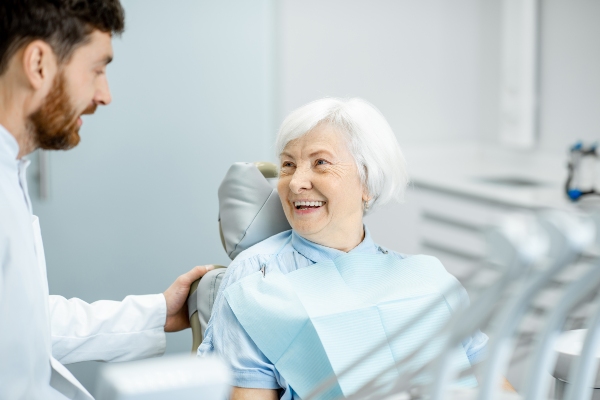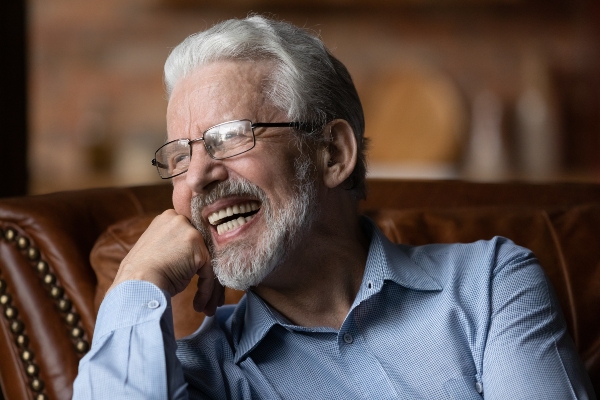Invisalign or Braces? Choosing the Option for You

Invisalign® provides you with a discreet way to improve the alignment of your teeth. It can be just as effective as straightening teeth with metal braces, and it offers a more comfortable approach to improving the alignment of teeth.
Traditional metal braces have been used to straighten teeth for over a decade, but they are highly conspicuous devices that can ruin even the best of smiles. Traditional metal braces consist of wires and brackets that look like railroad tracks on a person's teeth. Many people have avoided getting orthodontic treatments they needed simply because they do not want to deal with having a mouth full of metal and the stares that can be caused by it. To equip you with the information you need to make an educated decision, let us take a look at these two oral appliances in greater detail.
Choosing between Invisalign® and traditional braces
Invisalign®
Invisalign® treatment involves using a series of aligner trays to push the patient's teeth to a better alignment. Each set of aligners is worn for about two weeks before the patient swaps them with the next set in line. Each set of aligner trays takes over from the last one until the patient's teeth have reached the desired alignment. Invisalign® aligners can be easily removed for meals or oral hygiene. That little detail makes the experience more pleasant for the patient.
Braces
Braces work by using brackets and wires to push the patient's teeth to a better position. A bracket is cemented on each tooth and connected to others on the same side of the jaw with metal wires. Tightening the wires increases the pushing force being applied to the patient's teeth. Braces are permanently fixed in place once a dentist has attached them.
Comparing Invisalign® and traditional braces
Let us explore how braces and Invisalign® compare to each other:
Lifestyle
One of the biggest reasons an increasing number of people choose Invisalign® over braces is how hard it is to notice these clear aligners when worn. This allows the patient to showcase their smile as their teeth move to a better position, and they do not have to worry about having a "metal mouth."
Invisalign® aligners are removable appliances, so they do not restrict what the patient can eat or their oral hygiene routine. It is impossible to miss braces when a person has them, and they often get in the way of meals.
Comfort
Invisalign® aligners are made with smooth plastics, so they are less likely to irritate soft tissues in the mouth. The metal brackets and wires that come with braces can damage soft tissues, like the cheeks. Invisalign® also delivers a more precise force to the patient's teeth, leading to a more comfortable experience.
Explore Invisalign® clear aligners
Call or visit our San Francisco clinic to learn more about how we can improve the alignment of your teeth with appliances like Invisalign® and braces.
Request an appointment here: https://smilesonbalboa.com or call Smiles On Balboa at (415) 413-2237 for an appointment in our San Francisco office.
Check out what others are saying about our dental services on Yelp: Invisalign in San Francisco, CA.
Recent Posts
You may have heard of Invisalign® before. It is a popular, alternate way to correct your smile. It is a technology that uses clear plastic aligners that you must wear to realign your teeth. The plastic is transparent, flexible, and not noticeable in your mouth. It can be used to fix various dental problems, including overcrowded…
Dental implants restore functionality to the smile, all while looking and feeling like natural teeth. They achieve this by fusing with the jawbone, creating a permanent, irremovable tooth replacement solution that does not slip or slide. This benefit makes them a great option for patients seeking an alternative to traditional dentures.Dental implants are metal screw-like…
Wondering about dental implants? Read on to learn more. If you have experienced tooth loss and are exploring potential replacement options, then you have probably heard about dental implants. Dentists and patients are turning to tooth implants because it is provenly effective for replacing missing teeth. However, there are different implants, each of which is…
General dentists are the best resource to refer to when it comes to plaque and tartar. They specialize in treating both, while also making an effort to educate patients on ways to prevent development to begin with. Thankfully, there are a lot of ways that general dentists can help patients avoid this from occurring. One…


